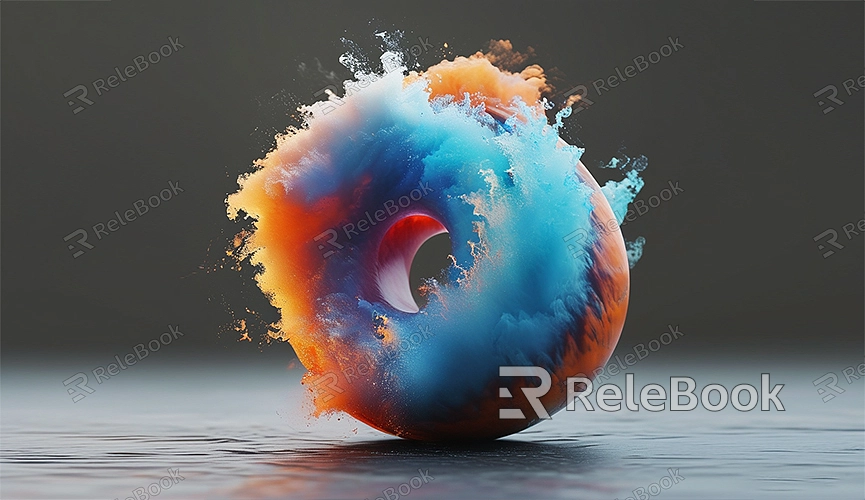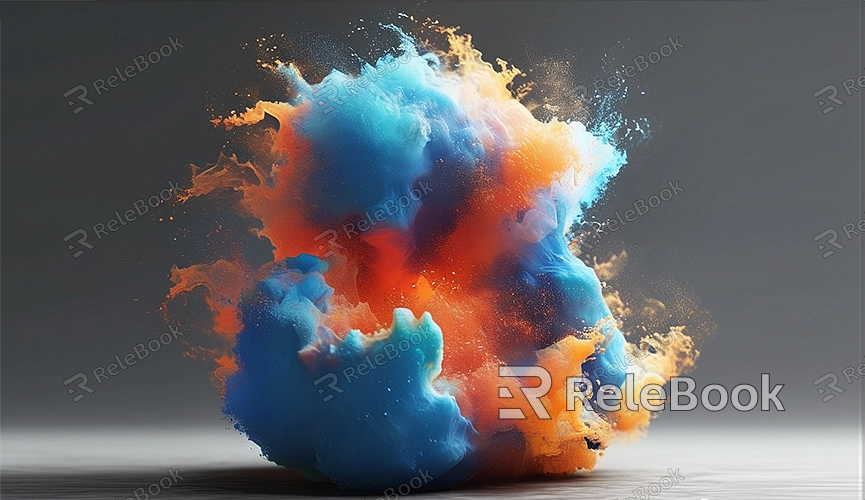How to Render Transparent Textures in Blender
In 3D modeling and rendering, using transparent textures can add intricate details and realism to your work. Whether you're creating glass materials, liquid effects, or images with transparent backgrounds, Blender provides robust support for these tasks. This guide will walk you through the process of rendering transparent textures in Blender, including material setup, adjusting rendering options, and some practical tips to achieve outstanding transparency effects.
Setting Up Transparent Materials

First, you'll need to set up transparent materials for your objects. This is a crucial step for achieving transparent effects:
1. Create a New Material: In Blender, select the object to which you want to apply the transparent texture. In the “Material” panel, click the “New” button to create a new material for the object.
2. Configure Material Properties:
- Node Editor: Switch to the “Shading” workspace and open the “Node Editor”. Here, you can use the “Principled BSDF” node to set up the material properties.
- Transparency Settings: In the “Principled BSDF” node, adjust the “Alpha” slider to set the transparency level. This value determines how transparent the material will be.
3. Add Transparent Texture:
- Texture Node: In the Node Editor, add a texture node, such as an “Image Texture” node. Load your transparent texture image into this node.
- Connect Nodes: Connect the output of the “Image Texture” node to the “Base Color” input of the “Principled BSDF” node. Then, connect the output of the “Principled BSDF” node to the “Material Output” node. This setup will apply the texture to the material.
4. Set Transparency Mode:
- Transparent Material: In the “Principled BSDF” node, set the “Blend Mode” to “Alpha Blend” or “Alpha Hashed”. These options allow Blender to render different effects based on the transparency settings.
- Adjust Transparency: By adjusting the “Alpha” value, you can control the texture’s transparency. A value of 0 represents fully transparent, while 1 represents fully opaque.
Adjusting Rendering Options

After setting up the transparent material, you need to adjust the rendering options to ensure the transparency effect is rendered correctly:
1. Render Engine: Ensure you are using a render engine that supports transparent materials. Both Blender’s Cycles and Eevee can handle transparent materials, but their settings differ.
- Cycles Render Engine: In Cycles, transparent materials are rendered more accurately. Select Cycles as your render engine in the “Render Settings” panel.
- Eevee Render Engine: In Eevee, you need to enable the “Screen Space Reflections” option to correctly display transparent materials. Also, make sure the “Transparent” option is turned on.
2. Transparent Background: If you need an image with a transparent background, ensure you enable the “Transparent” option in the render settings. This option can be found in the “Output Settings” panel. Checking this option will allow Blender to render images with a transparent background.
3. Anti-Aliasing and Sampling: To achieve smoother transparency effects, adjust the anti-aliasing and sampling settings. Increasing the sampling rate in the render settings can reduce noise in transparent materials, resulting in a clearer image.
Practical Tips
Here are some practical tips for rendering transparent textures in Blender to achieve better results:
1. Use HDRI: Adding an HDRI (High Dynamic Range Image) to your scene can enhance the lighting and environment reflections on transparent materials. You can download high-quality HDRI resources from [Relebook](https://textures.relebook.com/) to improve your render quality.
2. Adjust Lighting: Proper lighting is crucial for the appearance of transparent materials. Use soft light sources and the right lighting angles to avoid excessive shadows or reflections on transparent materials.
3. Test Renders: Before finalizing your render, perform small test renders to check if the transparency effects meet your expectations. Adjust the material and rendering settings based on the test results to ensure the final effect is optimal.
4. Optimize the Scene: Optimize other elements in your scene to avoid impacting the rendering of transparent materials. For example, reduce unnecessary objects or light sources in the scene to improve rendering efficiency and quality.
Rendering transparent textures in Blender can significantly enhance the visual effects and detail of your 3D projects. By correctly setting up materials, adjusting rendering options, and applying practical tips, you can achieve ideal transparency effects. If you need high-quality 3D textures and HDRIs for your models and scenes, you can download them for free from [Relebook](https://textures.relebook.com/). For exquisite 3D models, visit [Relebook](https://3dmodels.relebook.com/). Relebook provides a wide range of premium 3D resources that can help improve your rendering effects and overall project quality. Hopefully, these tips and recommendations will guide you in achieving excellent transparency effects in Blender, creating stunning 3D images.

